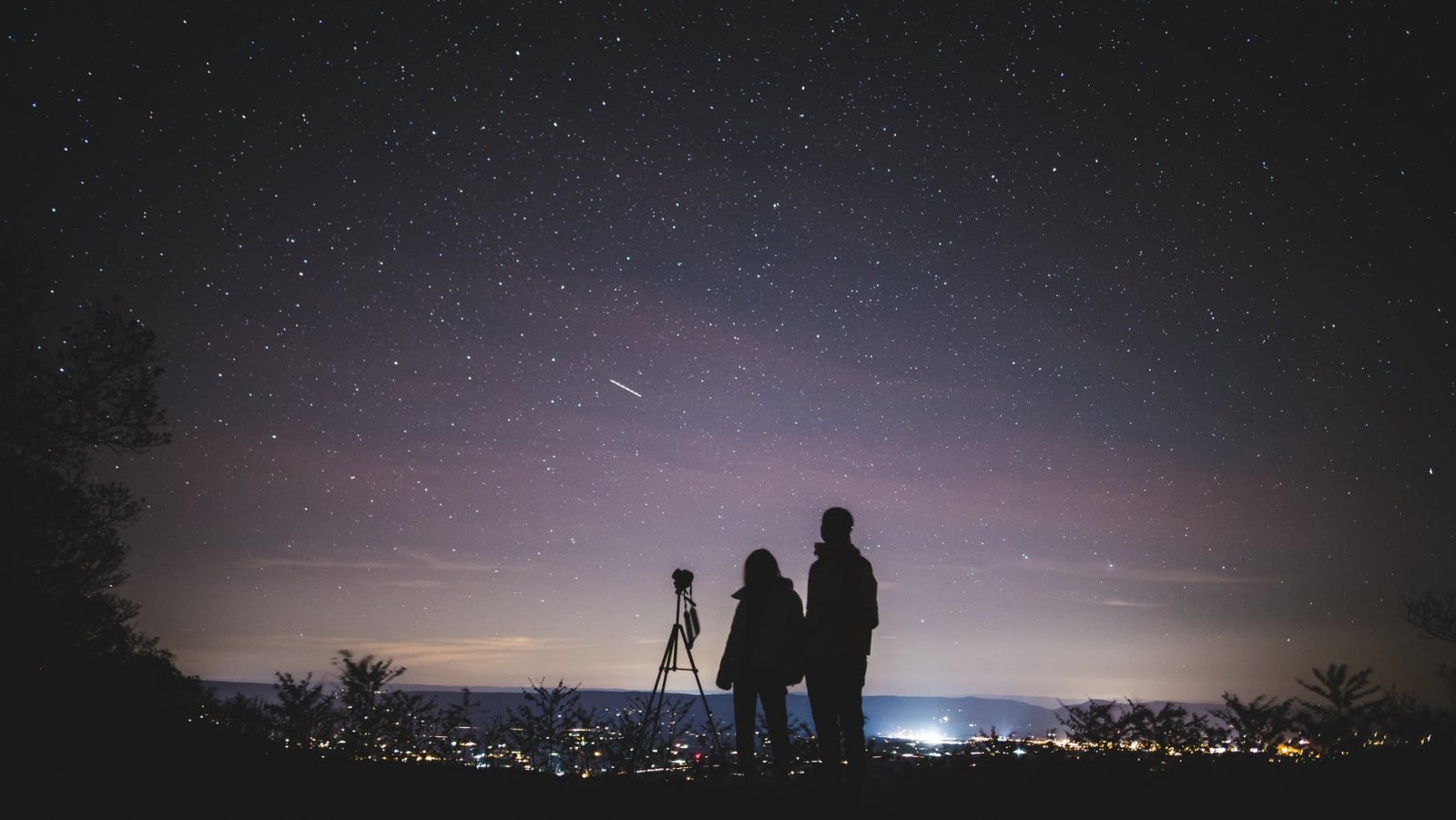
astronomyGUIDE
A Guide to Studying Astronomy and Observing Stars
FAMILY ASTRONOMY WITH KIDS

Acquaint space science with your family as you investigate the night sky together
Stargazing is a magnificent family-accommodating action and a fun and remunerating approach to acquaint youngsters with the numerous miracles of the night sky. Growing up, youngsters are gone up against with the space science discipline at a school or college, since cosmology contains fundamental ideas about how physical science functions, how planets showed up and what is past our planet. So your kids don't confounded the inquiries "what holds the moon in the sky?", while preparing their essay for college, disclose to them the significance of study astronomy https://www.theexeterdaily.co.uk/news/education/5-reasons-why-student-should-study-astronomy. What's more, make certain to go to the observing site to supervise the brilliant sky. It's not difficult to begin, as well, as long as you have clear skies, a decent observing site, and an essential information on the groups of stars.
PICK YOUR TIME AND PLACE
Evening seeing from your lawn is an incredible beginning stage — ideal, even, given its comfort. Yet, whenever you've gotten comfortable with the night sky, get the full insight of a night under the stars by getting away from city lights. Locate a distant, provincial region with insignificant light contamination. A state park or other protected, open spot is an extraordinary decision. Elevation helps the view, as well, so you ought to in a perfect world find a spot on a slope.
Not certain what stargazing locales you may have close by? Your neighborhood space science club is an incredible asset.
Climate is another thought for sky noticing. Some air variables can direct the nature of the sky's perceptibility on some random evening. An air mass colder than the ground will deliver puffy cumulus mists and flimsy air, however it is normally generally liberated from dust. An air mass hotter than the ground will deliver stratiform mists, murkiness, or fog, and hold bountiful measures of residue. Awful perceivability is nearly ensured in any event 24 hours following the entry of a front (the limit among warm and cool air masses) or trough (an extended zone of low pressing factor). Seeing can be generally excellent with slight cirrus mists, however the inverse is genuine when high cirrus mists consolidate with low-level crosswinds.
Here are additional noticing tips to assist you with beginning.
START WITH THE MOON
The Moon, with its numerous holes and stages, is an extraordinary beginning stage for family noticing. The Moon initially gets noticeable as a slim bow low in the western night sky. Every night from there on, it seems to develop and move toward the east until Full Moon, after which its lit part shrinks to invisibility. An extraordinary method to become acquainted with the periods of the moon is to examine an earth-moon-sun graph.
While it appears to be the best an ideal opportunity to notice the lunar surface is during a Full Moon, it's really the most exceedingly awful! That is on the grounds that the Sun is beaming on the Moon from a point straightforwardly behind us, limiting shadows and consequently not uncovering a lot of detail. We think the best lunar survey times are the point at which the dainty bow gets obvious after New Moon until around two days after First Quarter (evening sky) and around two days before Last Quarter to practically New Moon (morning sky). Shadows are longer at that point, and highlights stick out.
GAIN PROFICIENCY WITH THE CONSTELLATIONS
Explore your way through the brilliant sky begins with two significant signs: The Big Dipper and Orion the Hunter. While not a heavenly body, the Big Dipper — a gathering of seven brilliant stars that overwhelms the group of stars Ursa Major the Great Bear — is perhaps the most unmistakable examples in the night sky, and an ideal guide for finding encompassing heavenly bodies while stargazing.
Orion the Hunter is vital to exploring around the sky from late harvest time until late-winter, and it shows up as an enormous square shape high in the south-southeastern sky.
From these two signs, learning the star groupings turns out to be dynamically simpler as you realize what you're searching for and where. Start with only a few for each season and spotlight on the ones that will be simplest to stop. To become familiar with the different star groupings and their seasons, look at Astronomy's heavenly body article.
OBSERVING EQUIPMENT
You can distinguish a great deal of night sky focuses with simply your unaided eye. On the off chance that you need to catch more, a fundamental pair of optics or a decently measured telescope will be your closest companion. For more data on purchasing and utilizing observing gear, look online papers on beginning in novice stargazing.
A planisphere is a significant guide for detecting the heavenly bodies. It shows a guide of which stars are noticeable in the night sky at a specific time. Get one for every individual from your family or make your own.
KEEP A LOG
Since you're prepared to investigate the sky, make sure to log what you're seeing! It's an incredible method to monitor the heavenly bodies and sky occasions you've seen. A basic log can incorporate the date and season of your perception, the sky conditions, what object(s) you took a gander at, and a short portrayal of each.
Above all, have a good time and make the most of your time with family under the stars!